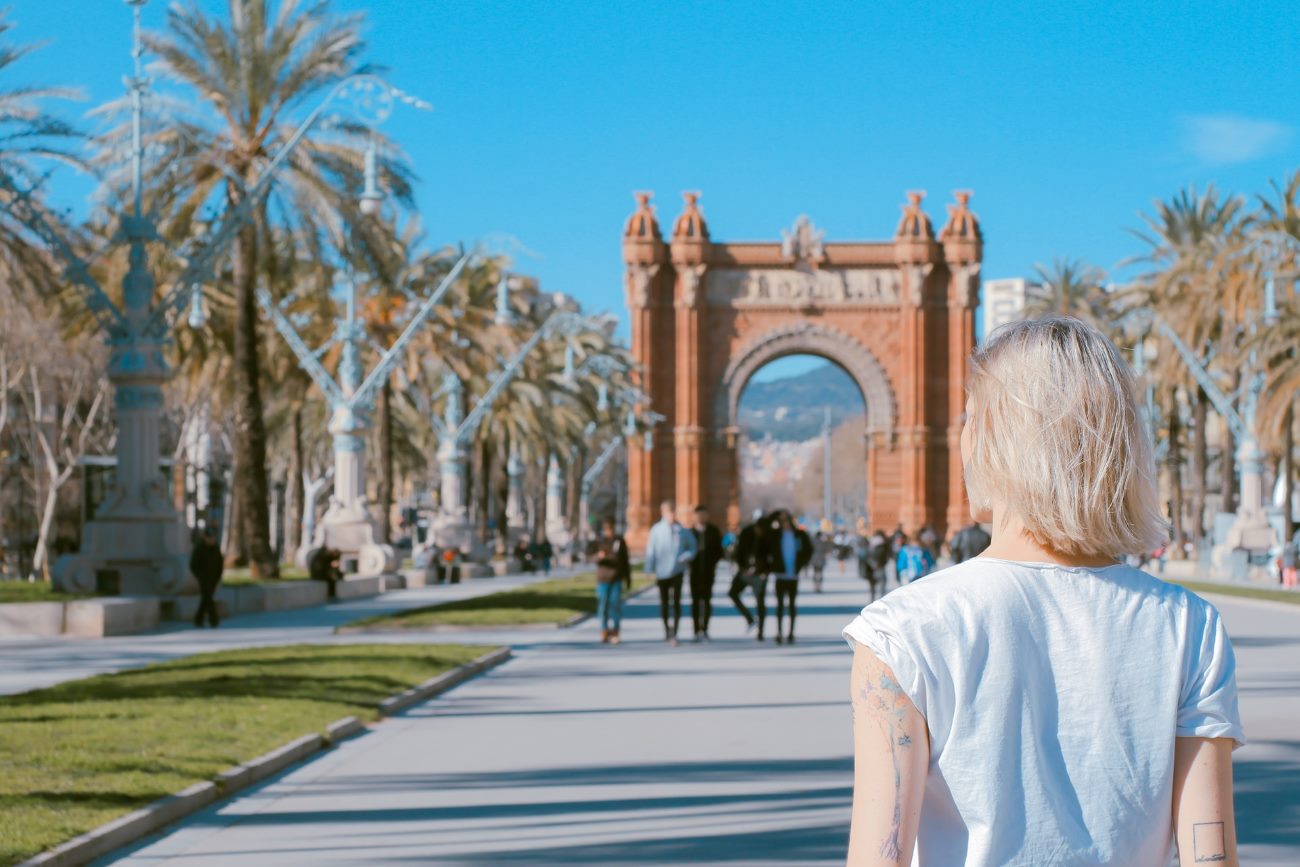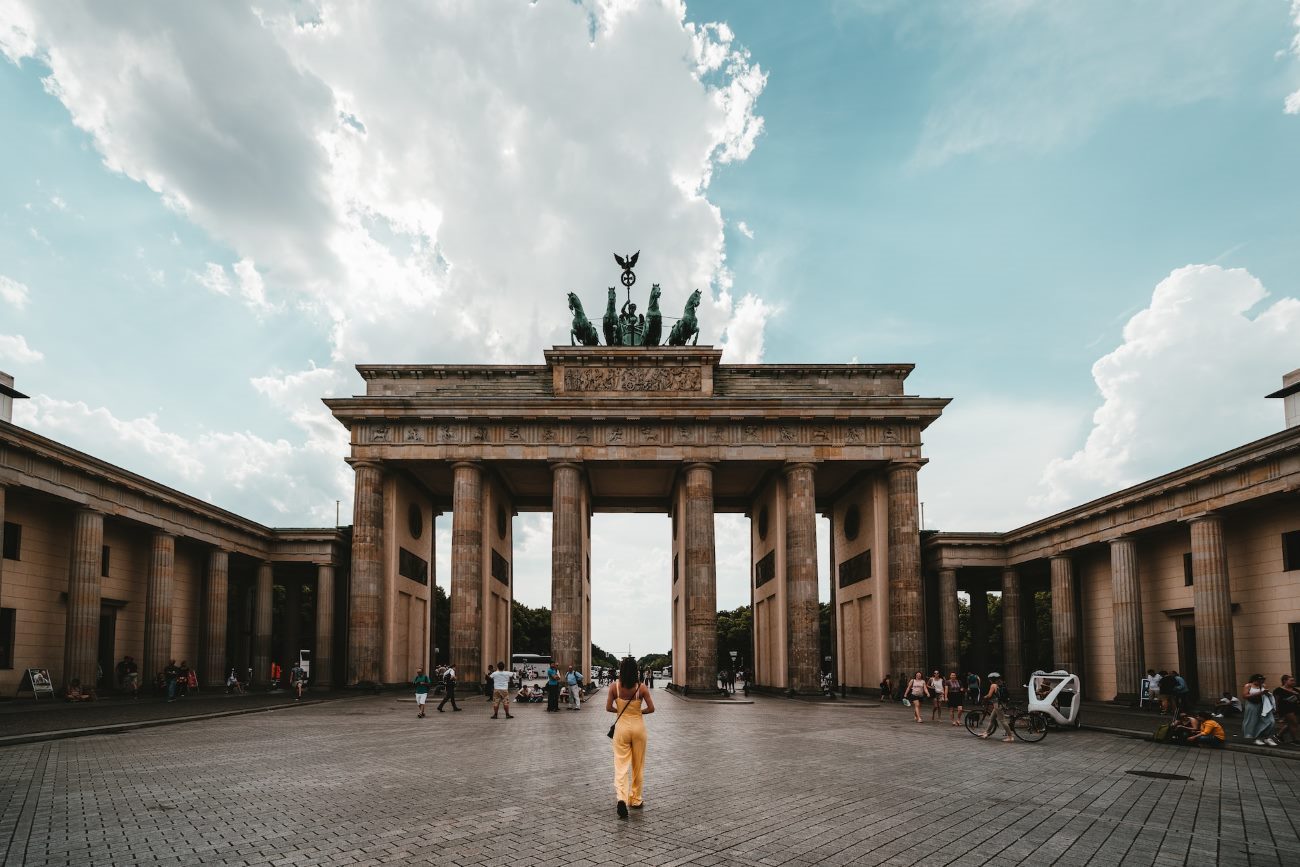Why is the Berlin Bear such an iconic symbol of the city?
If you are wandering around the bustling city of Berlin you will soon be met with a repeating image over the streets, parks and public spaces – the famous Berlin Bear is everywhere. This beloved animal has become the iconic representation of the operation of the city rich historical, cultural and unity. In this blog post, we explore the importance of the Berlin Bear and exhibits the statue and signs in and around this lively city.
The History behind the Berlin Bear
The story of the Berlin bear is said to have started with a bear that was seen in the 13th century was first shown on the city’s coat of arms. The early illustrations were based on the bears that habituated the region’s forests. The bear eventually became a major emblem of Berlin’s identity, representing vitality, tenacity and an unbreakable spirit.
In the 18th to 19th centuries, bear statues began to be found in the city. One particular iconic character is the tall “Berlin Buddy Bear, located throughout the city. These statues are exclusively created by local artists and most often as an expression of the cultural diversity and artistic creativity of Berlin.
The Bear as a Symbol of Unity
Nowadays, even the Berlin Bear has also turned into a symbol of unity for a city that at one time was split in two. Following the fall of the Berlin Wall, artists decorated different versions of the Berlin Bear onto pieces of the wall, symbolizing to the citizens and tourists alike that even the most unlikely of obstacles can be overcome by working together.
Even to this day, the presence of Berlin’s Bear can be seen in all sorts of signs and murals across the city, representing its symbol of unity. From traffic signs to advertisements, these images of the bear remind Berliners of their shared history and the importance of community.
Exploring Bears in Berlin
Bear Statues
When strolling through the streets of Berlin it is simply impossible to walk past all the moose statues that can be seen in all parts of the city. These statues are available in numerous shapes and forms and each reflect different prospective of Berlin’s identity. Some of which enact bear statues as:
The Buddy Bears: Sheerly painted & sculptures seen throughout city, each piece bearing for international culture and. They carry a sign of global unity.
The Knut Memorial:Whilst in Tierpark Berlin, this tribute monument is to Knut, the fantastic polar bear that gained global fame and admiration. His touching story illustrates the bond between those of us who enter this world and those that surround it.
The Bear at Berlin’s Berlin Zoo: As the oldest zoo in Berlin, it is only fitting that it should feature a statue of a bear. This lovely statue welcomes the visitors and represent the zoo’s dedication to protecting the wildlife.
Bear Signs
Apart from statues, you may also see the Berlin Bear stamped in signs around the city. These signs usually function as directional signs or historical markers. Some example bear signs include:
Sign Meaning
Bear with a Crown This sign can be found almost anywhere in the center of southern Berlin denoting historic landmarks or culturally pertinent areas.
Bear Walking on Hind Legs These signs symbolize pedestrian areas directing both residents and tourists to respect pedestrians and explore the city by foot.
Bear Holding Beer Stein sign These signs will point you to traditional German beer gardens, where you can enjoy a cool drink and live a little of the local culture.
Conclusion
The Berlin Bear is the symbol for the city, inspiring its rich history, strength and unity. By statues and instraments, this iconic symbol is built into the fabric of Berlin, showcasing for the residents and the visitors, the significance of the community end the shared story of a triumph over all challenges. So the next time you walk along the streets of Berlin, look out for these bear statues and signs, and have the story each tells in mind.
Table of Contents



